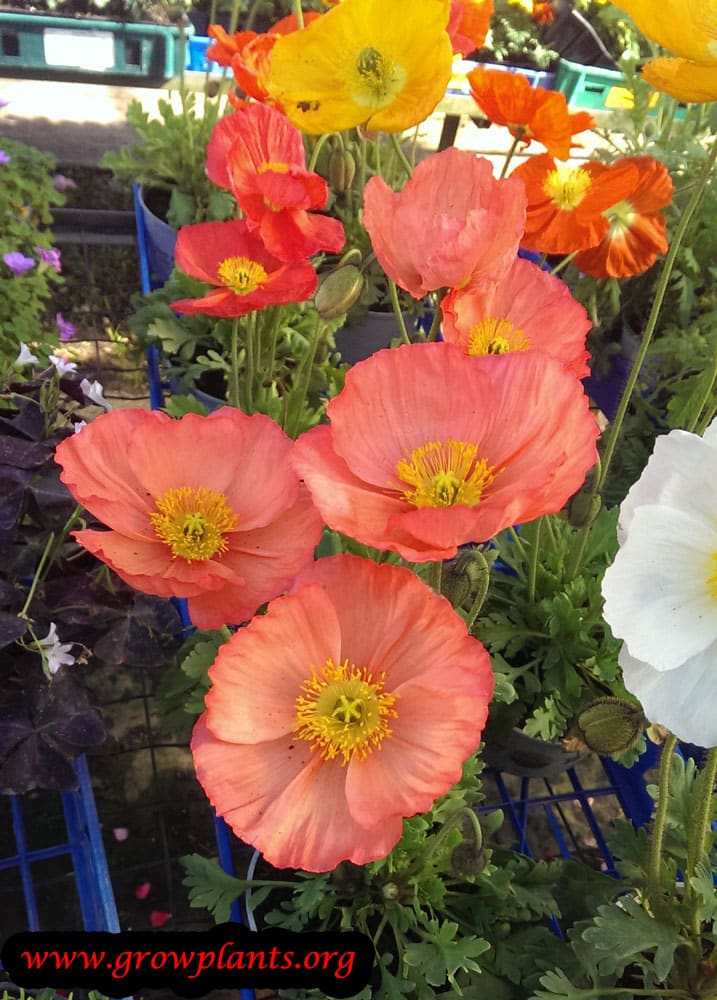Native to East Mediterranean, Northeast Africa, Southwest Asia. Also known as Persian Buttercups. These are not hardy in areas colder than zones 7-9, so lift before first frost. These plants flower best when left undisturbed after planting. Persian Buttercups are lovely spring annuals that can be grown from Ranunculus seeds. The flower seed produces lovely colors of red, rose, orange, yellow, pink and white. The Persian Buttercup flower is formed of papery petals layered one on top of another, and they are 2 - 3 inches across. Absolutely gorgeous! They are perfect for cut flowers and have a long vase life. How To Grow Ranunculus From Seeds: Sow Ranunculus flower seeds in late fall or winter. Ranunculus flower about 5 months after being sown from.
White Ranunculus Bulbs-20 Bulbs- Persian Buttercup Freshly-Lifted Perennial Indoor Outdoor Flower Botanic Landscape Bouquet Bonsai Office Garland. Ranunculus Aviv Picotee Orange, Buttercup Flower Bulbs - Size 7 (10 Bulbs) 3.9 out of 5 stars 5. Persian buttercup. RHS Plants for Pollinators plants. This plant will provide nectar and pollen for bees and the many other types of pollinating insects. It is included in an evolving list of plants carefully researched and chosen by RHS experts.
| Ranunculus asiaticus | |
|---|---|
| Scientific classification | |
| Kingdom: | Plantae |
| Clade: | Tracheophytes |
| Clade: | Angiosperms |
| Clade: | Eudicots |
| Order: | Ranunculales |
| Family: | Ranunculaceae |
| Genus: | Ranunculus |
| Species: | |
| Binomial name | |
| Ranunculus asiaticus | |
Ranunculus asiaticus, the Persian buttercup, is a species of buttercup (Ranunculus) native to the eastern Mediterranean region in southwestern Asia, southeastern Europe (Crete, Karpathos and Rhodes), and northeastern Africa.[1]
It is a herbaceousperennial plant growing to 45 cm tall, with simple or branched stems. The basal leaves are three-lobed, with leaves higher on the stems more deeply divided; like the stems, they are downy or hairy. The flowers are 3–5 cm diameter, variably red to pink, yellow, or white, with one to several flowers on each stem.[2]
Persian Buttercup Planting Instructions
It is a protected species in some jurisdictions, including Israel.
Cultivation and uses[edit]
Persian Double Buttercup Flower
Double-flowered forms, which are likely hybrids, are a popular ornamental plant in gardens, and widely used in floristry. Numerous cultivars have been selected, including 'Bloomingdale', 'Picotee', 'Pot Dwarf', and 'Superbissima'. The plants can tolerate light frost, but are not hardy at temperatures below -10 °C.[2]
'Tecolote' and 'Bloomingdale' are examples of the double-flowered plants (not shown here). The single-flowered species form is not commercially cultivated on any significant scale. By contrast, the similar-looking Anemone coronaria is widely available in single-flower 'De Caen' hybrid forms. However, as with Ranunculus asiaticus, the species form, which also has red single flowers, is not commercially cultivated.
References[edit]
- ^'Ranunculus asiaticus'. Germplasm Resources Information Network (GRIN). Agricultural Research Service (ARS), United States Department of Agriculture (USDA). Retrieved 16 January 2018.
- ^ abHuxley, A., ed. (1992). New RHS Dictionary of Gardening. Macmillan ISBN0-333-47494-5.
External links[edit]

- Media related to Ranunculus asiaticus at Wikimedia Commons
Persian Buttercup Perennial
